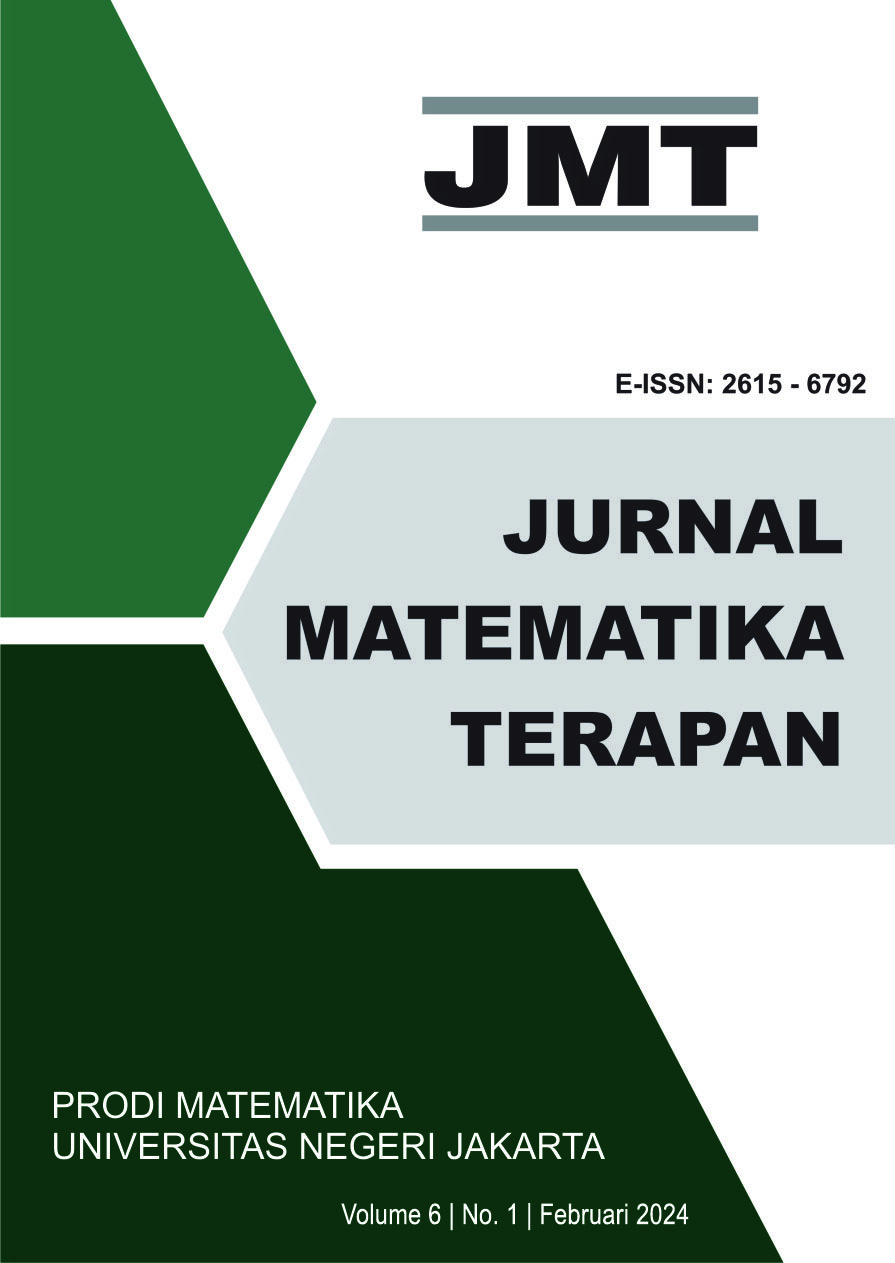Pola Frieze dan Pola Kertas Dinding pada Masjid Istiqlal
DOI:
https://doi.org/10.21009/jmt.6.1.4Keywords:
geometry, Istiqlal Mosque, frieze pattern, wallpaper patternAbstract
The beauty of Istiqlal Mosque is reflected through its architectural design. The decorative arts that adorn this mosque are generally found in elements such as doors, windows, walls, gates, and vents, which show special patterns. Such patterns can be identified through the concept of geometric symmetry, specifically Frieze Patterns and Wallpaper Patterns. The Frieze pattern is a subgroup within a symmetry group formed through one-way translation, creating a linear pattern that repeats in one direction. There are seven types of frieze patterns, each formed through a combination of specific isometries. Along with that, there are also other geometric patterns known as wallpaper patterns. Wallpaper patterns analyze patterns based on transformations on a flat plane and have seventeen types. This study aims to explore and explain geometric patterns based on Frieze Patterns and Wallpaper Patterns contained in the decorative arts of Istiqlal Mosque. Data collection methods involve observation and documentation. The results showed that there are certain frieze patterns in the Istiqlal Mosque, such as the type . Meanwhile, the wallpaper patterns identified in the design of the Istiqlal Mosque are type pmm and pmg. It is important to note that not all designs in the decorative arts of Istiqlal Mosque can be categorized into seven frieze patterns as well as seventeen wallpaper patterns.




